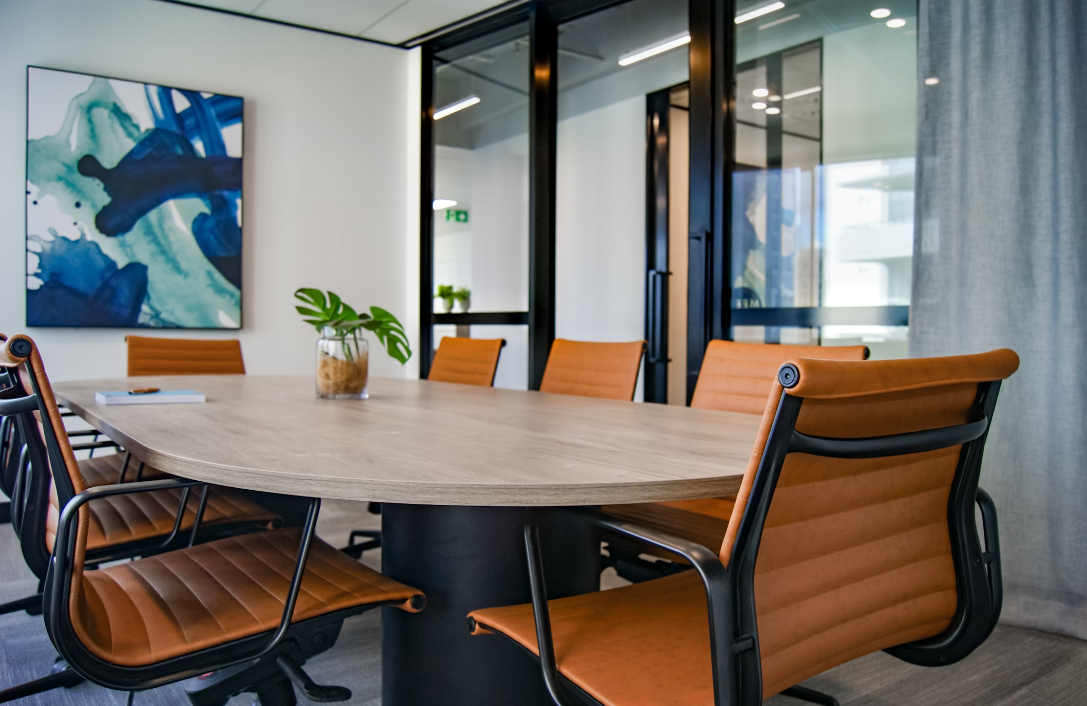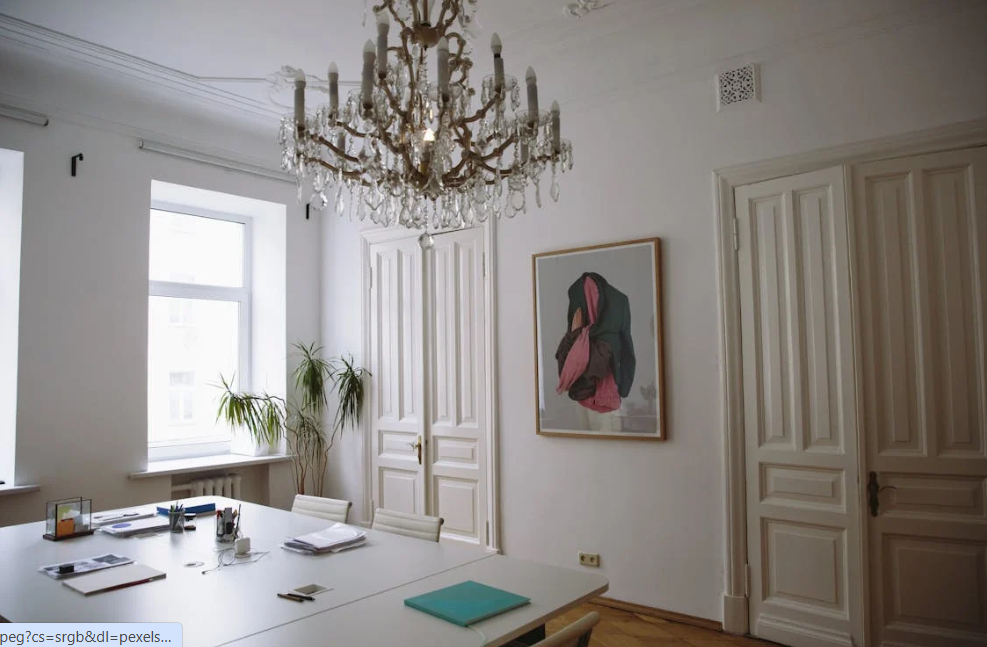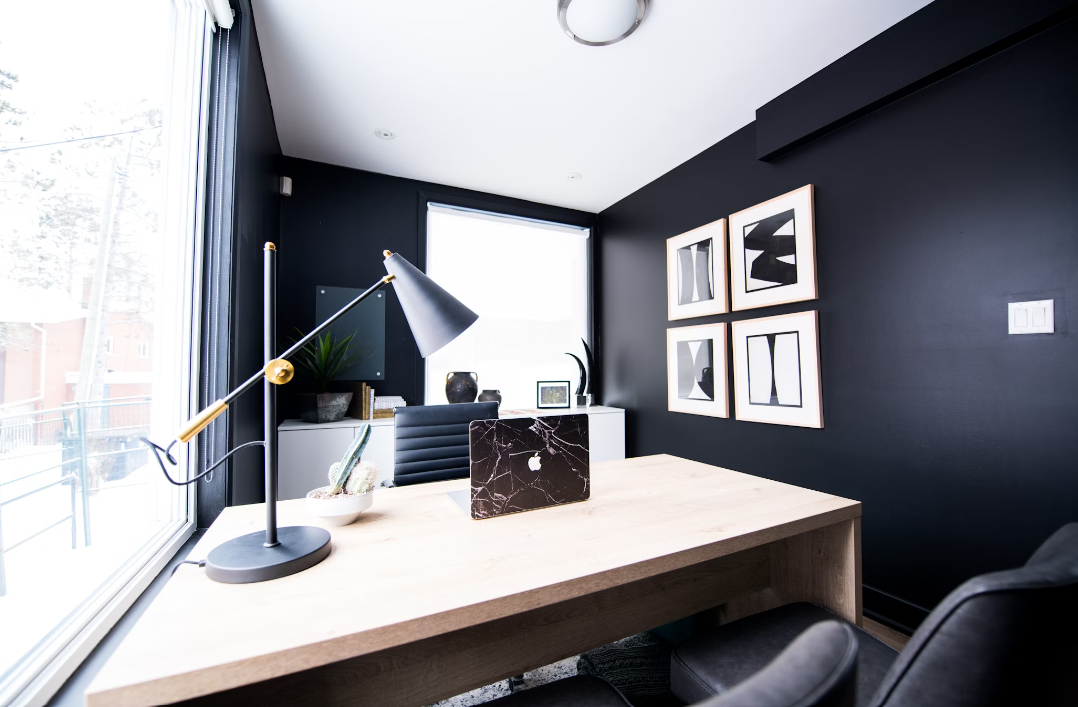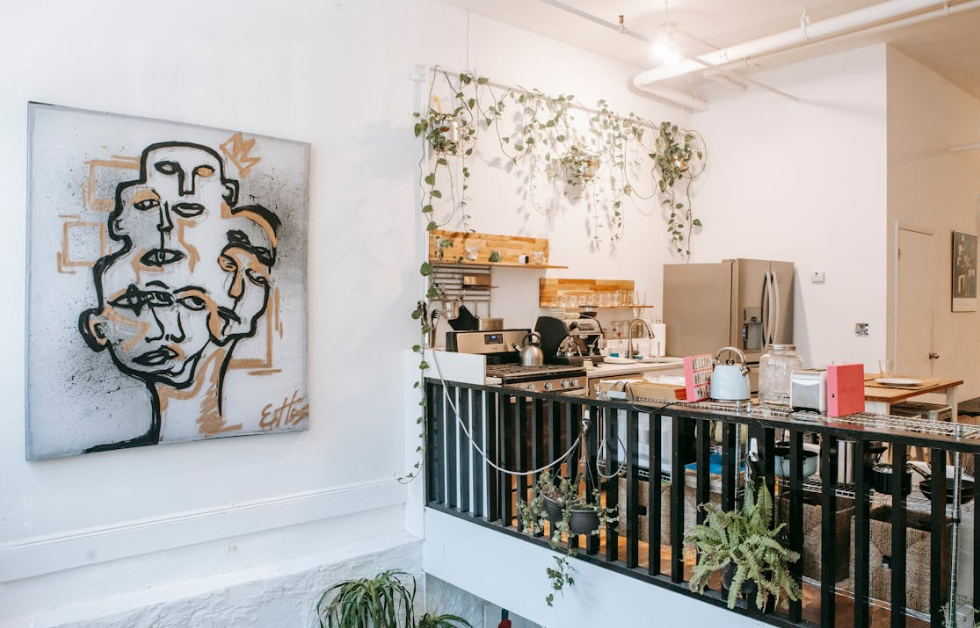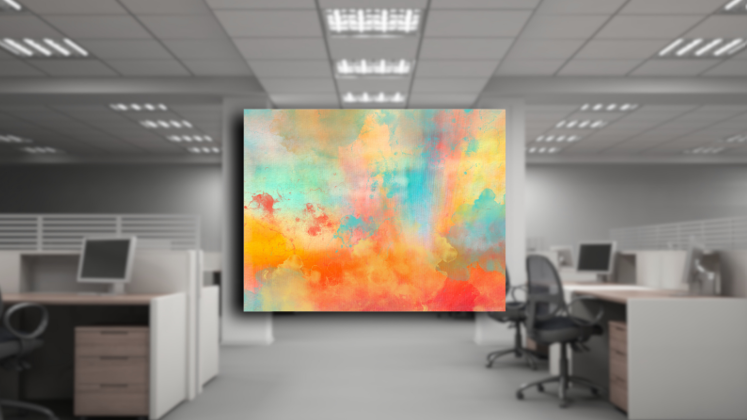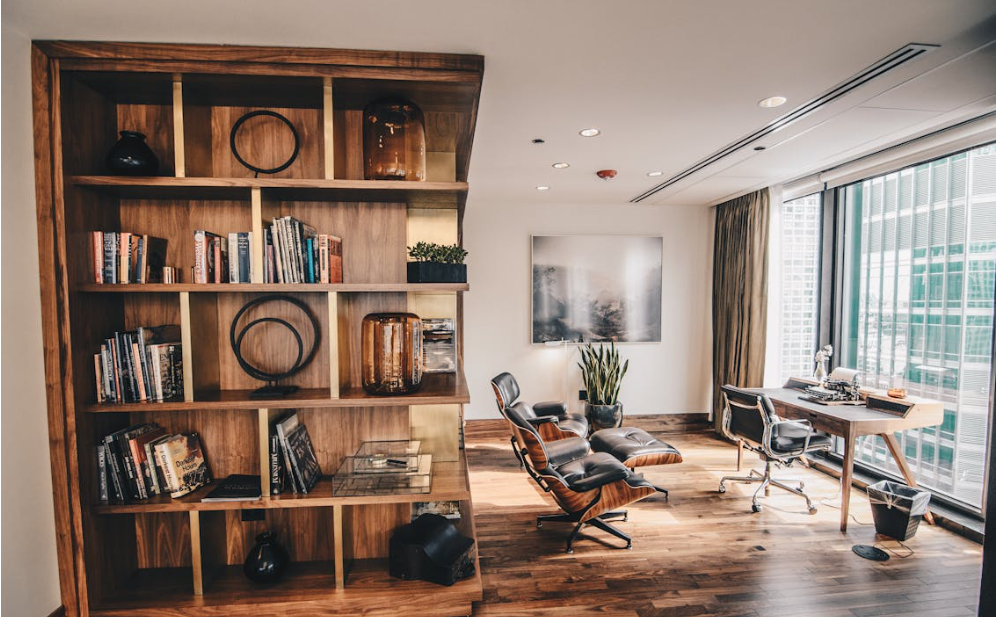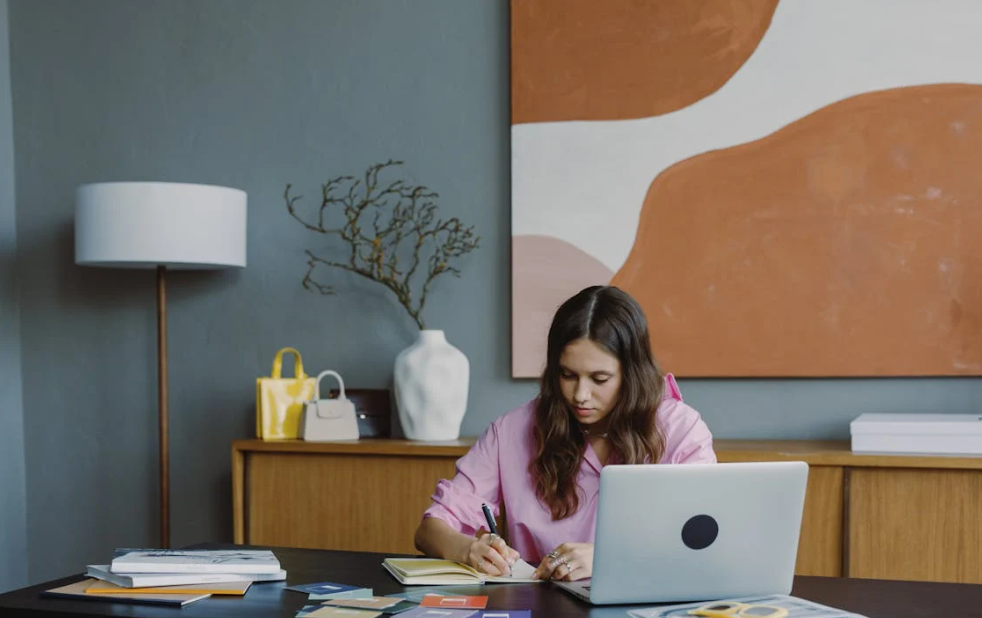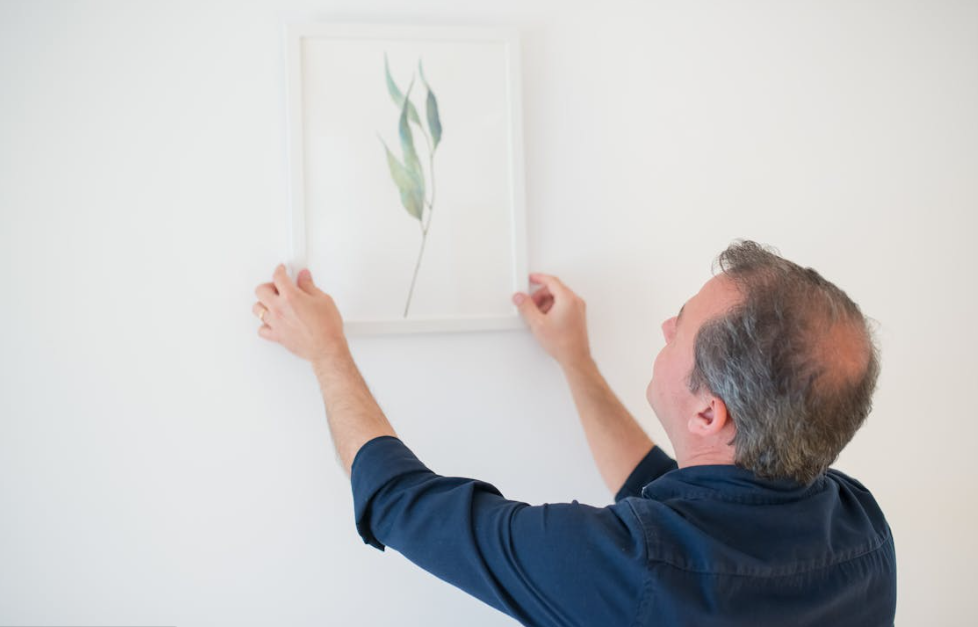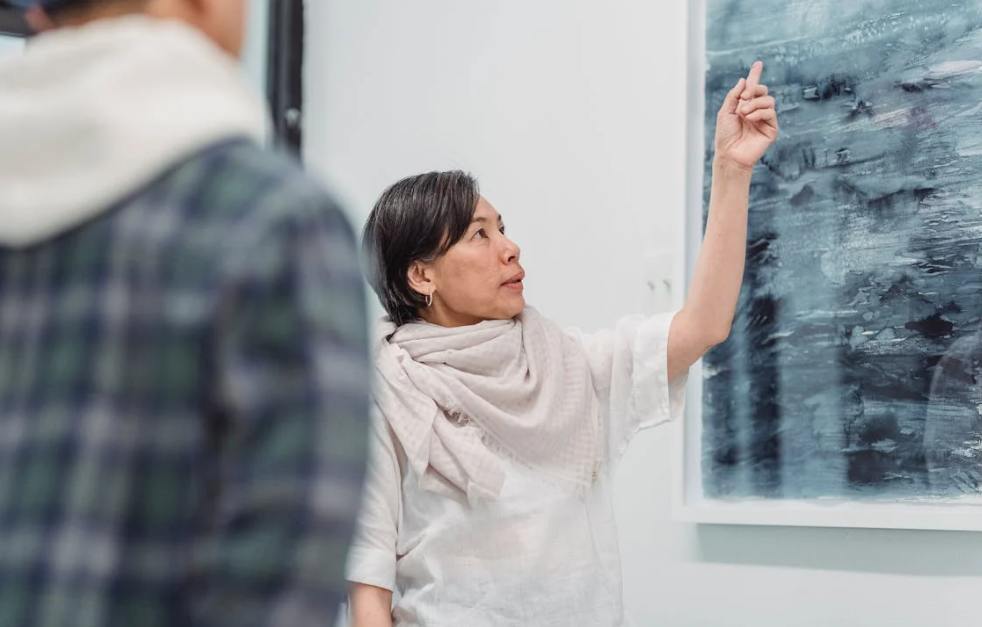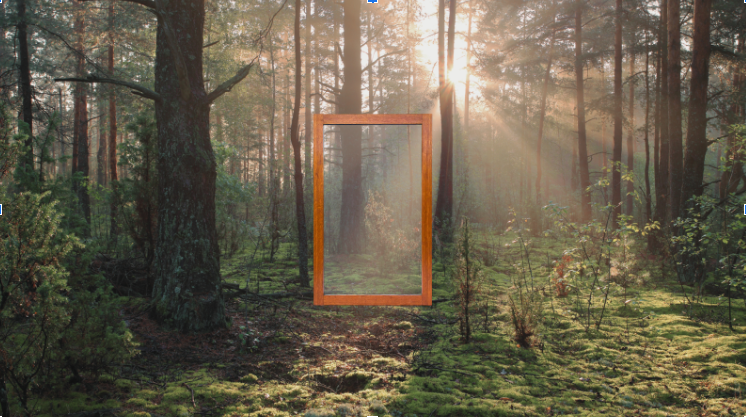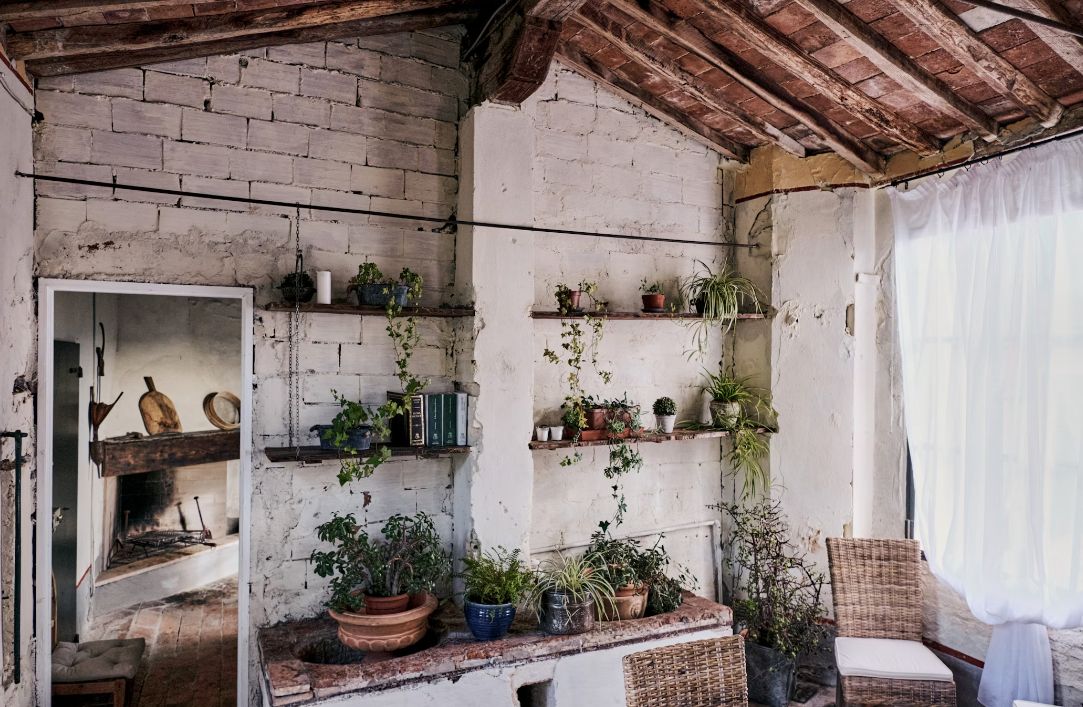Antique picture framing is both an art and a science. It requires a delicate balance between preserving the historical integrity of the artwork and enhancing its aesthetic appeal. Whether you’re a seasoned collector, a budding enthusiast, or someone who has inherited a precious family heirloom, understanding the dos and don’ts of antique picture framing is crucial. This comprehensive guide will walk you through the intricacies of framing antique artworks, photographs, and documents, ensuring that your treasured pieces are protected and displayed in a manner that honours their historical significance.
1. Antique Frames
Before delving into the dos and don’ts, it’s essential to understand what constitutes an antique frame. Generally, any frame over 100 years old is considered antique. These frames are valuable not just for their age but also for the craftsmanship, materials, and historical context they represent. Antique frames can range from the ornate gilt designs of the Baroque period to the simpler, more refined styles of the Arts and Crafts movement.

DO: Research the Period
When dealing with antique frames, one of the most important things you can do is research the period from which the frame originates. This knowledge will inform every decision you make in the framing process.
- Understand the typical styles and materials used during that era
- Learn about the standard techniques employed by framers of the time
- Familiarise yourself with the historical context that influenced the frame design
DON’T: Assume All Old Frames Are Valuable
While age is a factor in determining value, not all old frames are automatically valuable or suitable for antique artworks.
- Avoid using a frame simply because it’s old
- Don’t assume that an ornate frame is more valuable than a simpler one
- Be wary of frames that have been poorly restored or significantly altered

2. Preservation: The Golden Rule
The primary goal when framing any antique picture should be preservation. The frame should protect the artwork from environmental factors that could cause damage over time.
DO: Use Archival Materials
When framing antique pictures, always opt for archival-quality materials. These are designed to be chemically neutral and will not react with or damage the artwork over time.
- Use acid-free matting and backing boards
- Opt for UV-protective glass or acrylic to shield against harmful light rays
- Choose archival-grade adhesives and tapes if necessary
DON’T: Use Regular Glass
Regular glass does not provide adequate protection against UV rays, which can cause fading and deterioration of antique artworks.
- Avoid using non-UV protective glass, even if it’s less expensive
- Don’t use plastic or plexiglass that isn’t explicitly designed for framing
- Never use materials that could off-gas and damage the artwork
3. Maintaining Authenticity
One key principle in antique framing is maintaining the authenticity of both the artwork and the frame itself.

DO: Preserve Original Frames When Possible
If an antique artwork comes with its original frame, make every effort to preserve and use it.
- Carefully clean and restore original frames rather than replacing them
- If the original frame is damaged, consider having it professionally restored
- Document any work done on the original frame for future reference
DON’T: Over-Restore or Alter Original Frames
While it’s important to maintain original frames, be cautious about over-restoration or alteration.
- Avoid aggressive cleaning methods that could remove the original patina or gilding
- Don’t add modern elements to an antique frame in an attempt to “improve” it
- Resist the urge to repaint or re-gild a frame unless necessary and done by a professional

4. Choosing the Right Frame
Selecting the right frame becomes crucial if the original frame needs to be included or suitable.
DO: Match the Frame to the Artwork’s Period
When choosing a new frame for an antique picture, try to match it to the period of the artwork.
- Research frame styles that were popular when the artwork was created
- Consider the artistic movement or school to which the artwork belongs
- Look for antique or reproduction frames that complement the piece’s style
DON’T: Use Overly Modern Frames
While contemporary frames can sometimes work with antique art, it’s generally best to avoid modern styles.
- Steer clear of sleek, minimalist frames for traditional antique pictures
- Avoid frames with finishes or materials that weren’t available during the artwork’s era
- Don’t choose a frame that overshadows or competes with the antique artwork
5. Matting Considerations
The mat, or mount, is not just a decorative element; it plays a crucial role in protecting the artwork and enhancing its presentation.

DO: Use Proper Matting Techniques
Proper matting is essential for both the preservation and presentation of antique artworks.
- Use acid-free, lignin-free mat board to prevent yellowing and acid burn
- Consider double or triple matting to add depth and visual interest
- Choose mat colours that complement the artwork without overpowering it
DON’T: Allow the Artwork to Touch the Glass
One of the cardinal framing rules is never allowing the artwork to come into direct contact with the glass.
- Always use spacers or matting to create a gap between the artwork and the glazing
- Don’t attempt to frame delicate antique pictures without proper matting
- Avoid “dry mounting” antique artworks, as this process is irreversible and can devalue the piece

6. Handling and Installation
Proper handling and installation are crucial to protect antique artworks and frames from damage.
DO: Handle with Care
Antique frames and artworks are often fragile and require gentle handling.
- Always wear clean, lint-free gloves when handling antique frames and artwork
- Support frames from the bottom when moving them
- Work on a clean, padded surface when framing or reframing
DON’T: Rush the Process
Framing antique pictures requires patience and attention to detail.
- Don’t try to frame valuable antiques if you’re not confident in your skills
- Avoid rushing through any step of the framing process
- Never force components to fit if they’re not aligning properly
7. Professional Intervention
Knowing when to seek professional help is an essential aspect of antique framing.
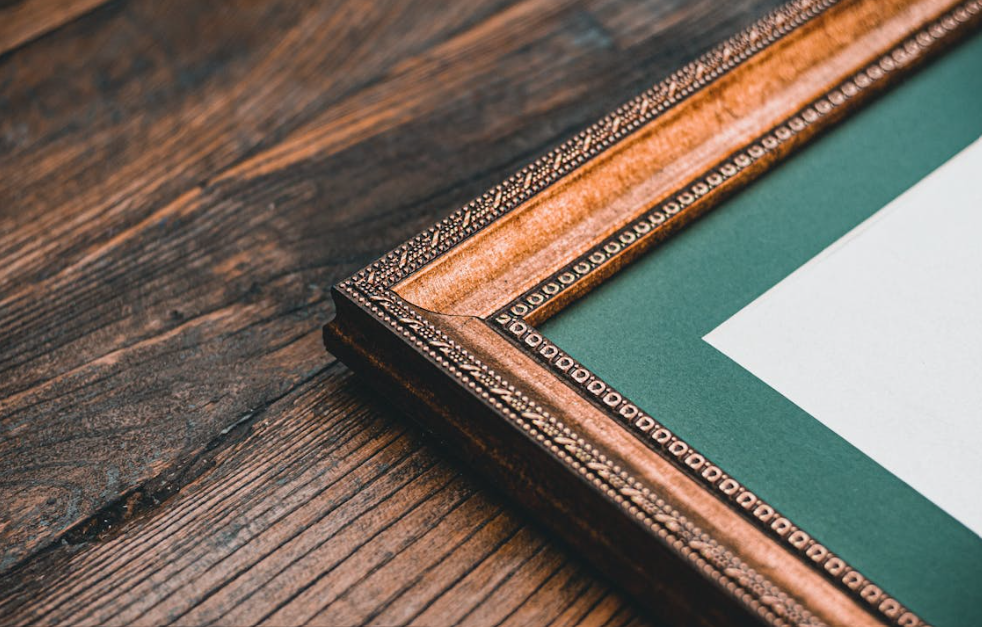
DO: Consult Experts for Valuable or Delicate Pieces
It’s often best to consult with or hire a professional for particularly valuable, rare, or delicate antiques.
- Seek out framers with specific experience in antique and conservation framing
- Consult with conservators for advice on preserving deteriorating artworks
- Consider having valuable pieces appraised before and after framing
DON’T: Attempt Major Restorations Yourself
While minor cleaning and maintenance can often be done at home, major restorations should be left to professionals.
- Avoid attempting to repair significant damage to antique frames or artwork
- Don’t try to clean stubborn stains or discoloration without expert advice
- Never use household cleaning products on antique frames or artwork
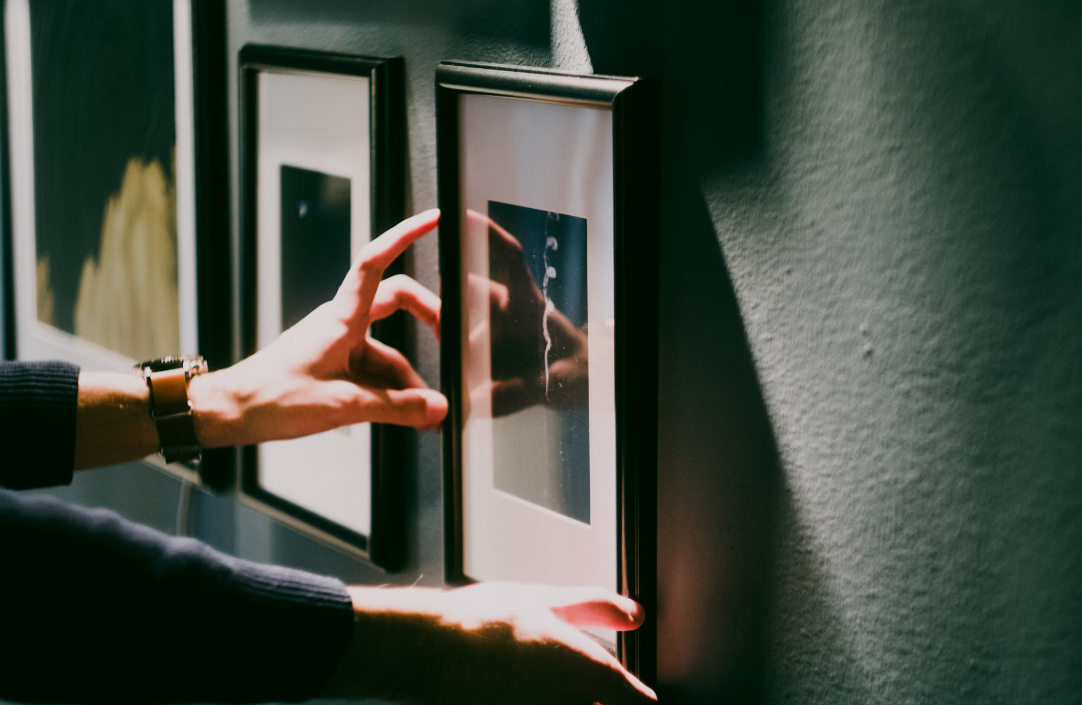
8. Environmental Considerations
The environment in which you display your framed antiques can significantly impact their longevity.
DO: Control the Display Environment
Creating the right environment for your antique artwork is crucial for its preservation.
- Maintain consistent temperature and humidity levels
- Use soft, indirect lighting to minimise UV exposure
- Rotate displayed pieces periodically to prevent uneven fading
DON’T: Expose Antiques to Harsh Conditions
Certain environmental factors can be particularly damaging to antique artworks and frames.
- Avoid hanging antique pictures in direct sunlight
- Don’t place framed antiques near heat sources or in damp areas
- Avoid areas with frequent temperature fluctuations, like near exterior doors or windows
9. Documentation and Provenance
Maintaining records about your antique frames and artworks is an often overlooked but crucial aspect of collection management.
DO: Keep Detailed Records
Thorough documentation can enhance the value and historical significance of your antique pictures.
- Record the history and provenance of both the artwork and the frame
- Document any conservation or framing work done
- Take high-quality photographs of the piece before and after framing
DON’T: Discard Original Materials
Even if you’re reframing a piece, it’s important to retain original materials whenever possible.
- Keep original backing boards, which may contain valuable information or markings
- Preserve any labels or inscriptions found on the frame or artwork
- Don’t discard old framing materials without carefully examining them for historical relevance
10. Ethical Considerations
Framing antiques comes with ethical responsibilities, mainly when dealing with historically significant pieces.
DO: Respect the Integrity of the Artwork
Any framing decisions should prioritise the artwork’s historical and artistic integrity.
- Consider the artist’s original intentions when framing
- Ensure that framing choices don’t alter the viewer’s perception of the artwork
- Be mindful of cultural sensitivities when framing ethnographic or religious pieces
DON’T: Prioritize Aesthetics Over Preservation
While the visual appeal is essential, it should never come at the cost of the artwork’s preservation.
- Avoid framing techniques that could potentially damage the artwork
- Don’t alter antique frames to fit modern aesthetics
- Resist the temptation to “improve” upon historical framing choices without proper justification
11. Insurance and Valuation
Properly insuring your antique framed pieces is an essential aspect of responsible ownership.
DO: Regularly Update Insurance Coverage
As you frame or reframe antique pictures, their value may change, necessitating updates to your insurance coverage.
- Have valuable pieces professionally appraised after framing
- Update your insurance policy to reflect any changes in value
- Consider specialised fine art insurance for particularly valuable collections
DON’T: Underestimate the Value of Frames
When insuring framed antiques, remember to account for the value of the frame itself.
- Remember that antique frames can sometimes be as valuable as the artwork they contain
- Don’t assume that insurance policies automatically cover both the artwork and the frame
- Avoid lumping all framed pieces under a general household insurance policy
Conclusion
Framing antique artwork is a delicate balance of preservation, authenticity, and aesthetics. By following these dos and don’ts, you can ensure that your treasured pieces are protected for future generations and displayed in a manner that honours their historical and artistic significance. Remember, each antique picture is unique, and what works for one may not be suitable for another. Always consult with professionals specialising in antique framing and conservation when in doubt.
Ultimately, antique picture framing aims to create a harmonious relationship between the artwork, its frame, and its environment. This relationship should enhance the viewer’s appreciation of the piece while ensuring its longevity. With careful consideration, research, and sometimes professional assistance, you can create stunning displays that do justice to your antique collections’ rich history and artistry.
Whether you’re a seasoned collector or a novice enthusiast, approaching antique framing with respect, knowledge, and care will help preserve these windows in our artistic and cultural heritage for years. Remember, every frame tells a story – make sure yours is one of thoughtful preservation and passionate stewardship.





